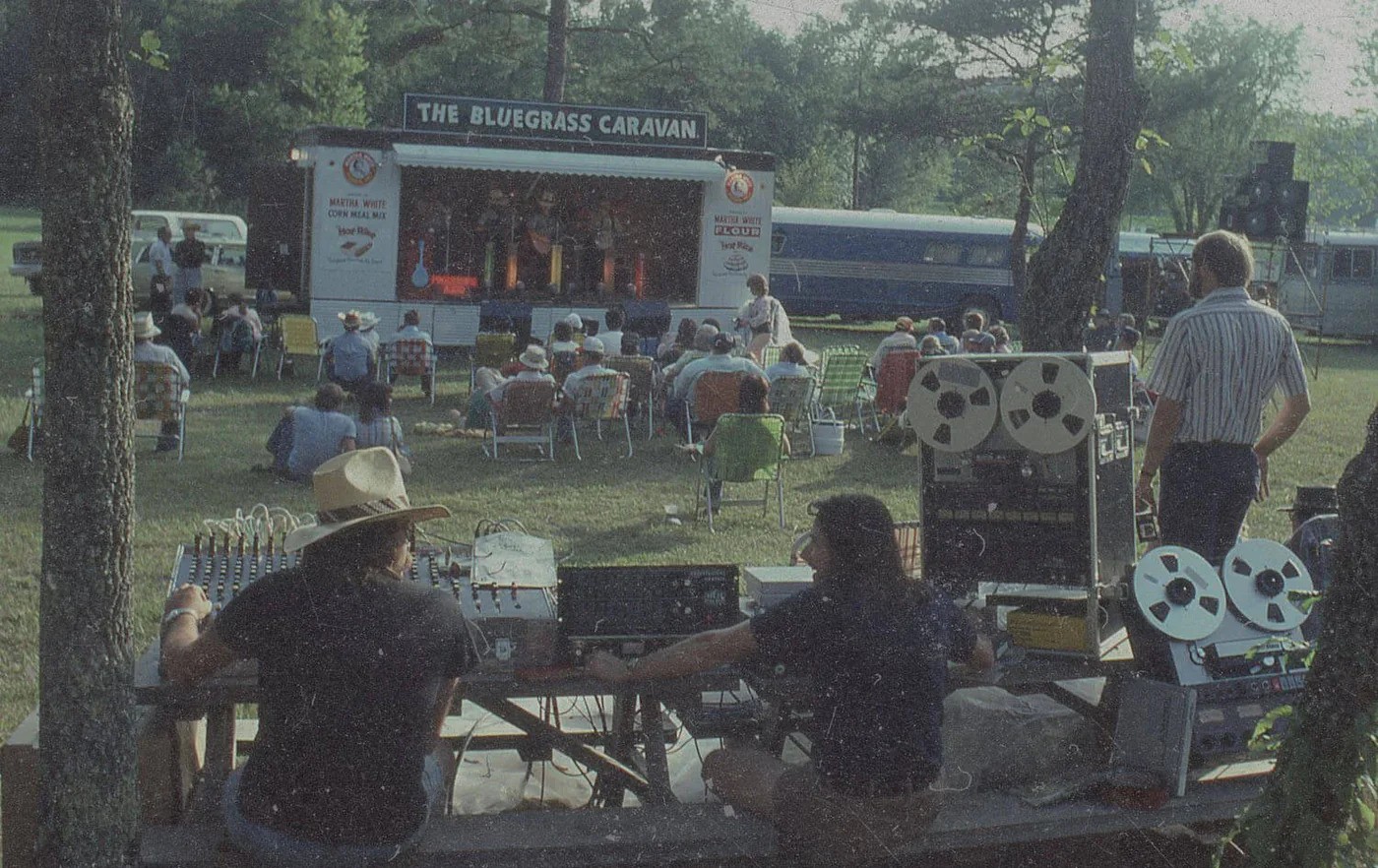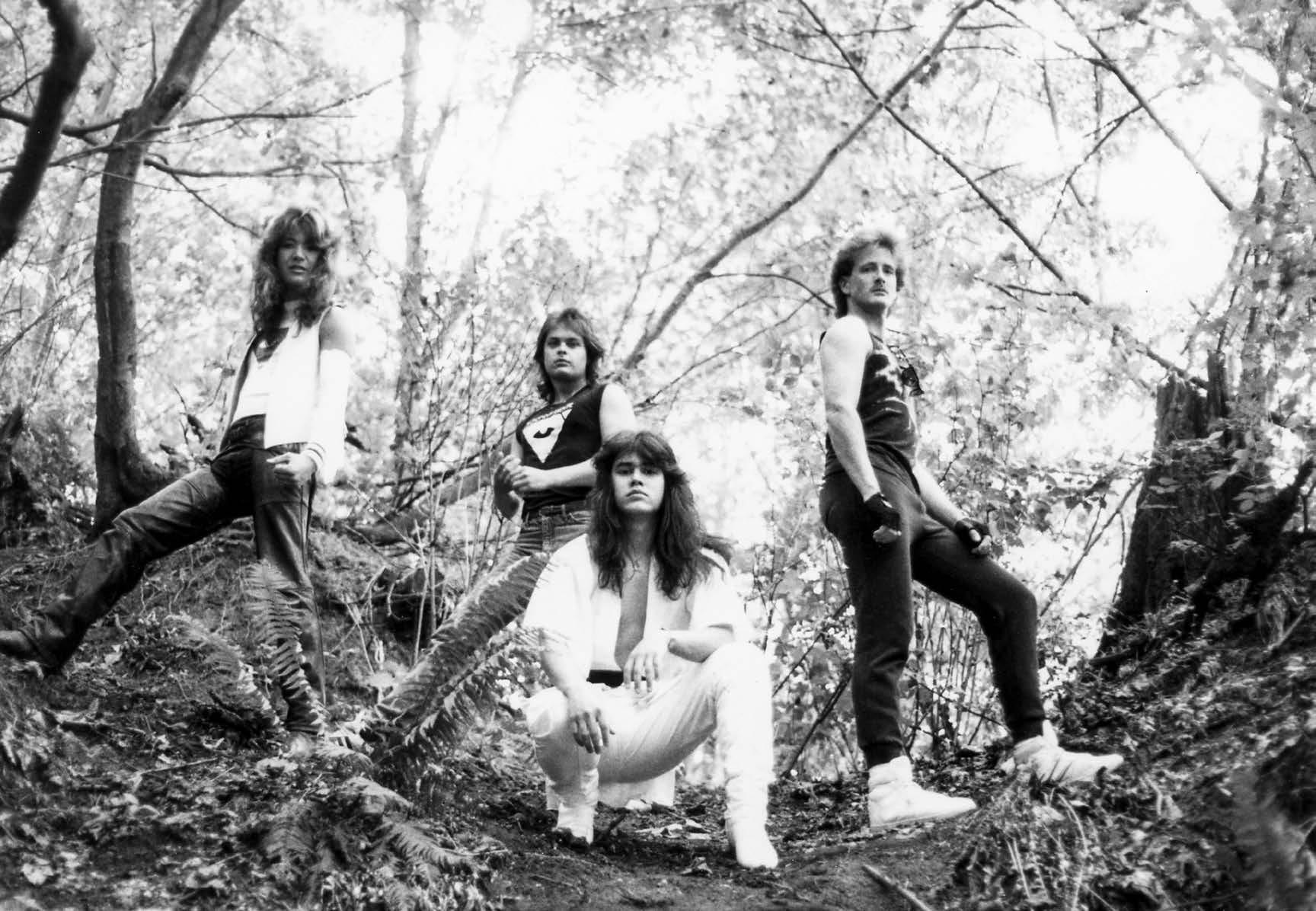CMH Records | Interview | “The idea is to reproduce the most honest playback of the master tapes”
CMH Records has maintained its independence and focus on great music throughout its nearly 50-year history, evolving from its early days under founders Martin C. Haerle and Arthur “Guitar Boogie” Smith to embracing new formats and creative projects in recent years.
The re-release of From Rocky Top to Muddy Bottom isn’t just a nod to nostalgia; it’s a meticulous resurrection, remastering those vintage tapes to squeeze every drop of fidelity from a bygone era while giving a respectful bow to modern expectations. The label’s decision to print the vinyl edition on a unique denim blue disc reflects its dedication to complementing the album’s heritage and appealing to collectors, aligning with its innovative approach to blending tradition with contemporary trends. Projects like Pickin’ On The Grateful Dead and Strummin’ With the Devil are CMH’s way of blowing the dust off traditional bluegrass and giving it a jolt of electric dynamism, pushing the genre into the broader consciousness with a rebellious, genre-bending twist. In its family-run, fiercely independent ethos, CMH cultivates deep, long-term relationships with its artists, fueling a creative engine that’s produced some of the most influential releases in its storied history. As it looks to the future, CMH is set to unleash a treasure trove of long-lost and digitally elusive gems, ensuring that bluegrass fans not only get a taste of the old but a feast of the new, keeping their ears glued to the cutting edge of roots music.
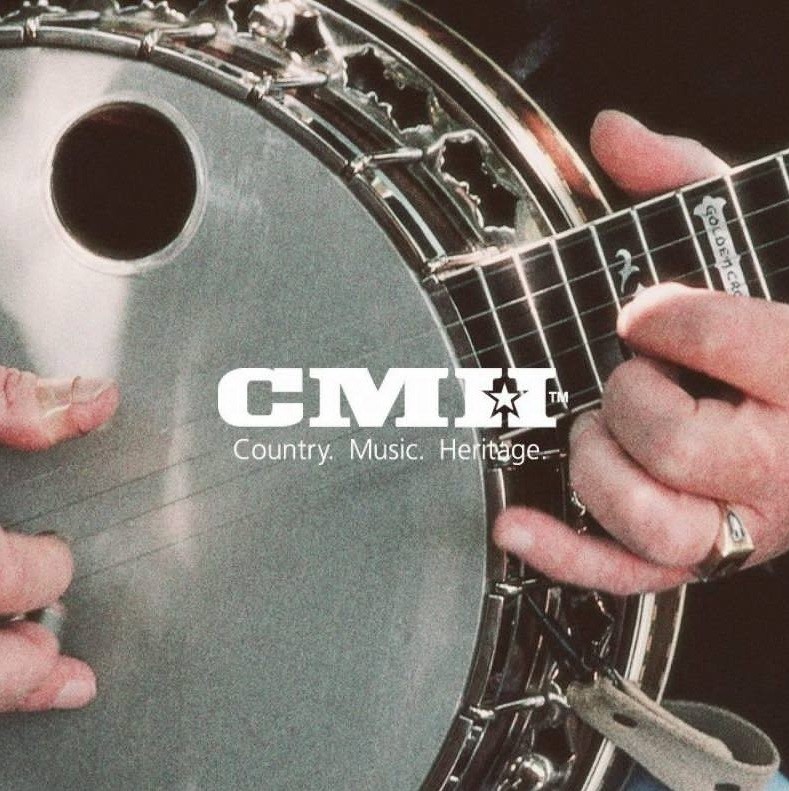
“The idea is to reproduce the most honest playback of the master tapes”
With the re-release of The Osborne Brothers’ ‘From Rocky Top to Muddy Bottom,’ what specific challenges did CMH Records face in remastering and preserving the fidelity of a classic album that has been out of print for over 45 years?
Paul duGre (CMH Mastering Engineer): Good question. On ‘From Rocky Top to Muddy Bottom,’ there were two sets of masters. One is the original mixes from the recording studio mix session, and there was also a mastered Dolby copy used to run the vinyl cutting and make cassettes and possibly 8-track tapes. The mastered copy had some flutter that didn’t sound very good to me, so I reassembled the record from those original session tapes. Those tapes were non-Dolby and had much better high end.
How did CMH Records navigate the balance between preserving the original sound of the album while also meeting the expectations of modern listeners?
Paul: I did use the mastered copy as a reference to equalize the final masters. I believe this mastering is better than what was originally released by using the original masters.
James and Jeremy, as individuals closely involved in the re-release process, could you elaborate on the decision to print the vinyl edition of ‘From Rocky Top to Muddy Bottom’ on a unique denim blue colored disc? How does this choice tie into the album’s heritage and appeal to collectors?
Jeremy Stephenson (CMH Production Coordinator): Well, the color really jumped out to us. It really complemented the rest of the packaging for the album, and of course, a blue vinyl just seemed like a natural decision for a bluegrass album!
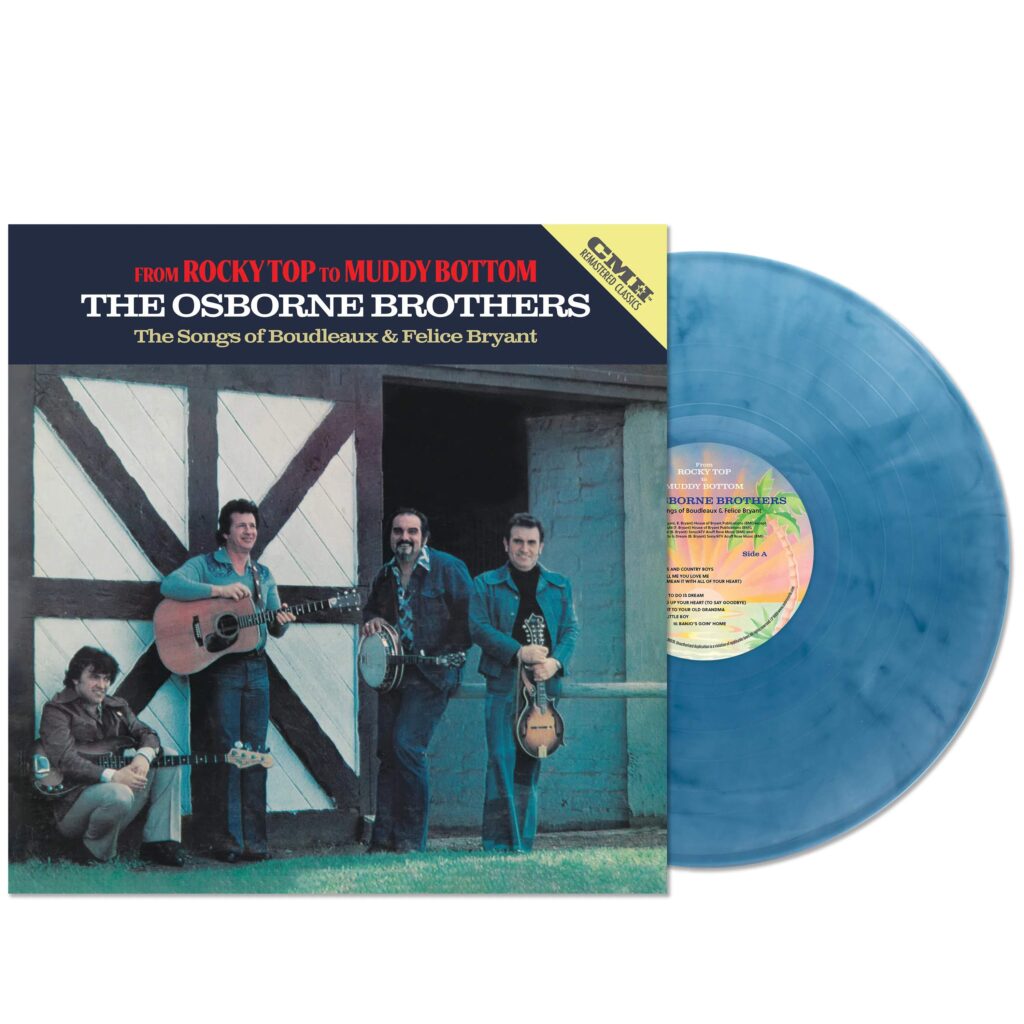
The Osborne Brothers’ influence on bluegrass music is significant, especially with their penchant for pushing boundaries. Could you discuss any specific insights gained from working on this project that shed light on the Osborne Brothers’ impact on the evolution of bluegrass music?
Jeremy: I personally really came to appreciate their tight, unique harmonies, which really help bring out the soul in these recordings. I also found an even greater appreciation for the songwriting prowess of Felice & Boudleaux Bryant.
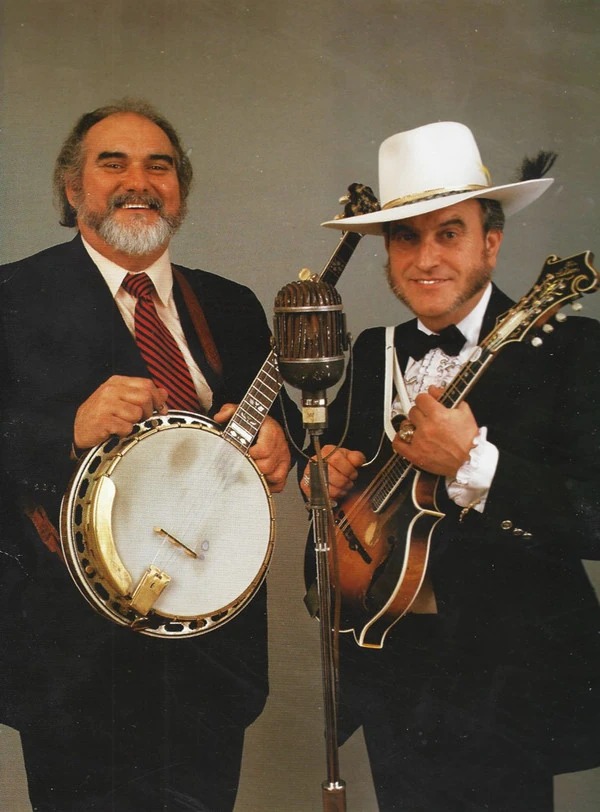
James and Jeremy, CMH Records has a rich history of preserving and promoting classic country and bluegrass albums. How does the re-release of ‘From Rocky Top to Muddy Bottom’ fit into the label’s broader mission of honoring American roots music, and what future endeavors can we expect from CMH Records in this regard?
Jeremy: With vinyl as popular as it is right now, it made sense for us to revisit some old releases and bring them back in their original format, and this album was a monumental release for us, so we wanted to give it something special.
The Osborne Brothers’ career spanned several decades, marked by both innovation and enduring tradition. How did CMH Records approach the remastering process to ensure that the essence of the Osborne Brothers’ music, particularly their rich harmonies, remained intact for modern audiences?
Paul: The mastering process used for all CMH re-releases is optimized with both well-maintained reproduction equipment and attention to detail. The idea is to reproduce the most honest playback of the master tapes along with careful pre-processing if necessary. It didn’t need much due to the quality of the original recording and mixing.
Were there any notable challenges or surprises encountered during this process?
Paul: With any old master tapes, there is the inevitability of needing to do some digital editing to repair dropouts or other issues that arise due to the age of the tapes. All this together makes it possible to then carefully listen to the original release and determine where to go with the final equalization process.
As the torchbearers of CMH Records’ legacy, how does the label balance its commitment to preserving classic albums?
James Curtiss (CMH Director of A&R/Bluegrass Brand Manager): The work done by Jeremy, Paul, and myself is incredibly detail-driven, both technically and culturally. We need to maintain a steadfast focus on the sonic quality of what we’re releasing, preserving the quality and vibe of the original recording while meeting the standards set for DSPs, digital platforms, etc. We also have to look at the wealth of material that has yet to be released in a digital format, something that is well over a hundred titles, and figure out how to prioritize that in a release and promotion schedule to be mapped out over the next 5+ years. We could just release everything all at once, but that kind of expediency would be harmful to the sonic process as well as not giving the right kind of push in the marketplace for these albums to find their audiences.
CMH Records has a rich history dating back to its founding in 1975. How has the label evolved over the years, and what core values have remained consistent throughout its journey in the music industry?
David Haerle (CMH President): Two core values of CMH throughout its nearly 50-year history are staying independent as a company and keeping the focus on great music. CMH remains an independent record label to this day, allowing its management and staff to determine its direction, musical and otherwise, which has evolved over time. While CMH continues to honor its bluegrass and traditional country roots, the label has developed numerous imprints over the years, most of which were thought up and guided by one or more of its staff. Within each of the areas of CMH, the staff, A&R team, and brand managers exercise their own creativity and much autonomy, choosing to work with musicians, players, and artists that they believe in. As with any company, CMH keeps an eye on commercial viability for a number of its projects, but due to its independence, it can and does also pursue passion projects that it believes should be made and released regardless of their potential for commercial success.
As a family-run business, CMH Records has a deeply personal connection to its artists and their music. How does this familial dynamic influence the label’s decision-making process, particularly when it comes to selecting projects and nurturing talent?
David: Quite a number of important projects on CMH were thought of and suggested by the label’s producers and artists. For example, ‘Pickin’ On The Grateful Dead’ was suggested by long-time Pickin’ On producer David West. That record went on to become a significant hit for the label. In all the areas CMH does business, it tends to work with musicians and producers long-term, and the door is always open to project pitches and suggestions.
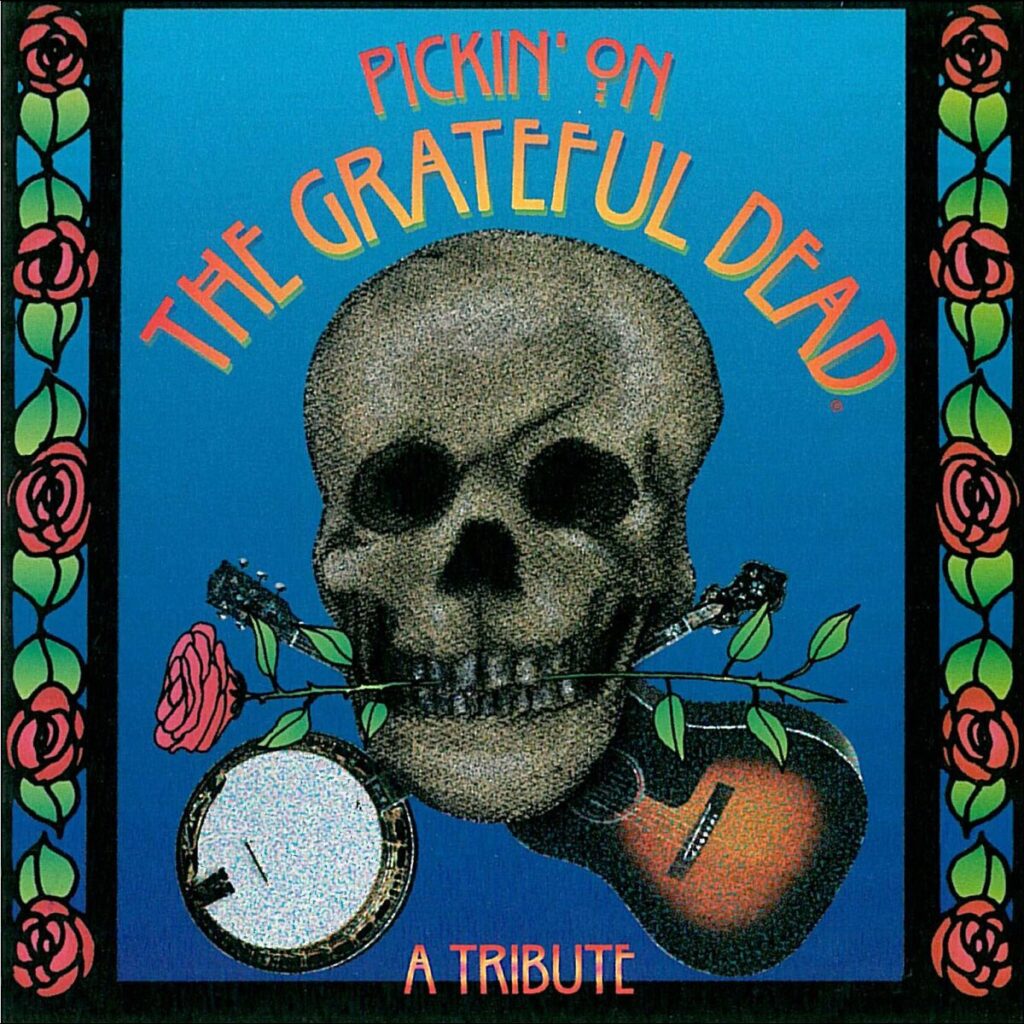
Looking back on CMH Records’ extensive catalog, what milestones or achievements stand out as defining moments in the label’s history? How have these moments shaped the label’s identity and contributed to its legacy within the music industry?
David: The first era of CMH, from 1975 through 1990, was marked and guided by the vision, work, and relationships (with artists and within the music industry) of CMH founders Martin C. Haerle (my father) and Arthur “Guitar Boogie” Smith, along with key early employees such as Paul F. Wells. The signing and recording of many great acts, such as the Osborne Brothers, Mac Wiseman, Lester Flatt, Merle Travis, Joe Maphis, and others, define this first era of CMH. After my dad passed in 1990, I took over, and the label’s focus shifted. My team and I developed the Pickin’ On Series early on, while also ushering in the era of the compact disc for the label, which allowed for many of the recordings made in CMH’s founders’ era to be re-released, re-packaged, and re-marketed in creative ways. The label marks the teaming up with the group Iron Horse as an important moment, ushering in an acclaimed series of Pickin’ On albums with vocals and the use of an established working band as opposed to studio musicians. Strummin’ With the Devil, a bluegrass tribute to Van Halen, featured original Van Halen lead singer David Lee Roth on two tracks from the album and was highly unique in that it was a tribute album featuring the original artist. Wanda Jackson’s Heart Trouble had guests such as Elvis Costello, The Cramps, and others, and was an important album, as was Johnny Gimble’s Celebrating With Friends, which featured Merle Haggard, Willie Nelson, and Vince Gill. With such a lengthy history, the projects CMH considers special is a long, long list!
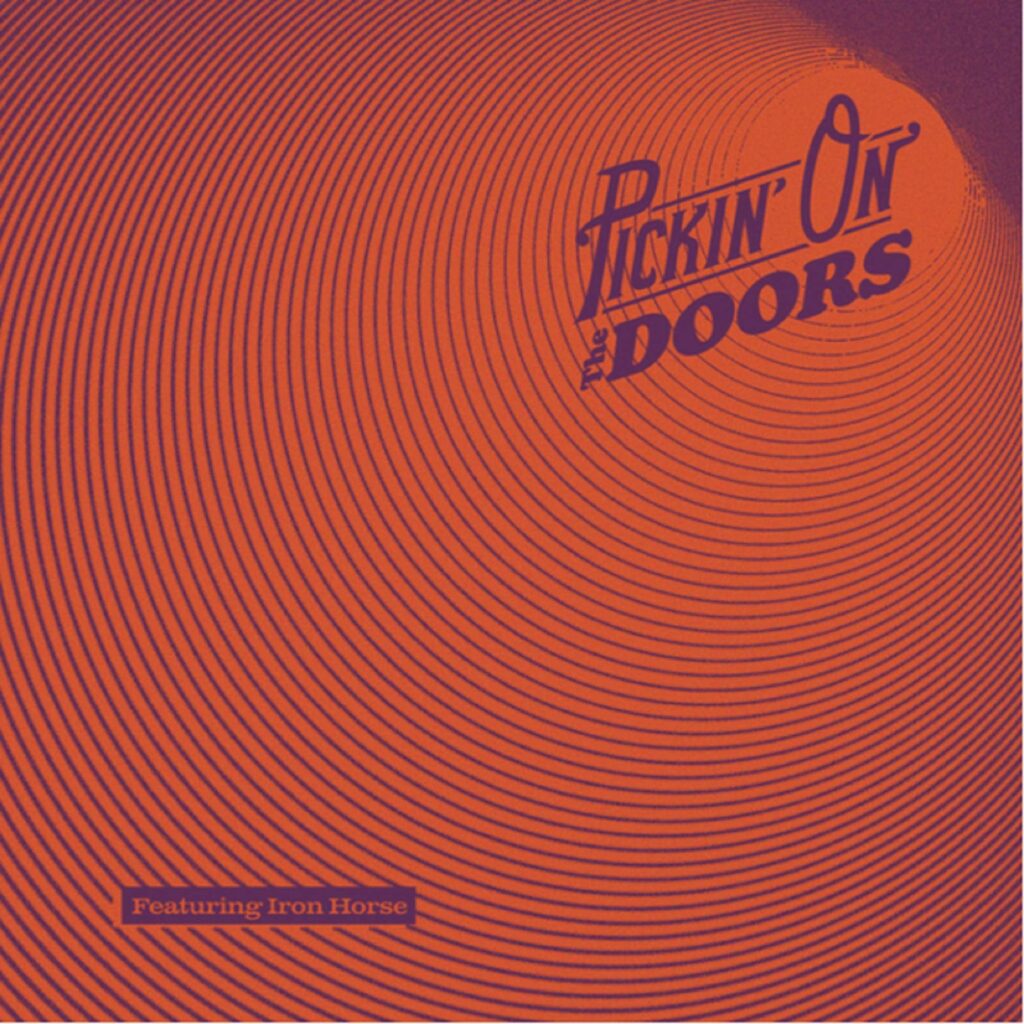
The Pickin’ On series, which features bluegrass interpretations of contemporary artists, demonstrates CMH Records’ ability to blend tradition with modernity. How does this series reflect the label’s innovative spirit, and what impact has it had on expanding the reach of bluegrass music to broader audiences?
James: As David has mentioned, we’re keen on being as creative a company while also keeping an eye towards commercial success. To this day, there are still people discovering our novel approach to covering a wide array of popular music, something that appeals to those fans while also giving them something they’ve never heard before. Being with the label for almost 20 years, I’ve met so many fans and musicians in the bluegrass scene who’ve told me that Pickin’ On tributes to Metallica or Modest Mouse or something of the kind is what made them get into bluegrass in the first place.
“We have a huge number of releases in our back catalog”
Looking ahead, what future goals or aspirations does CMH Records have in terms of preserving and promoting American roots music?
Jeremy: We have a huge number of releases in our back catalog that have been out of print for years and have never been released digitally, and we are working hard on making them available for everyone to listen to.
Thank you for taking your time. The last word is yours.
James: As Jeremy and I have already mentioned, we’ve got years and years’ worth of releases on the horizon that are going to make bluegrass fans incredibly happy. This includes first-time digital and CD releases, out-of-print vinyl back in print, new Pickin’ On albums, music videos, and exclusive social content. Keep your eyes and ears wide open for what CMH has in store.
Klemen Breznikar
CMH Records Official Website / Facebook / Instagram / Twitter / YouTube

